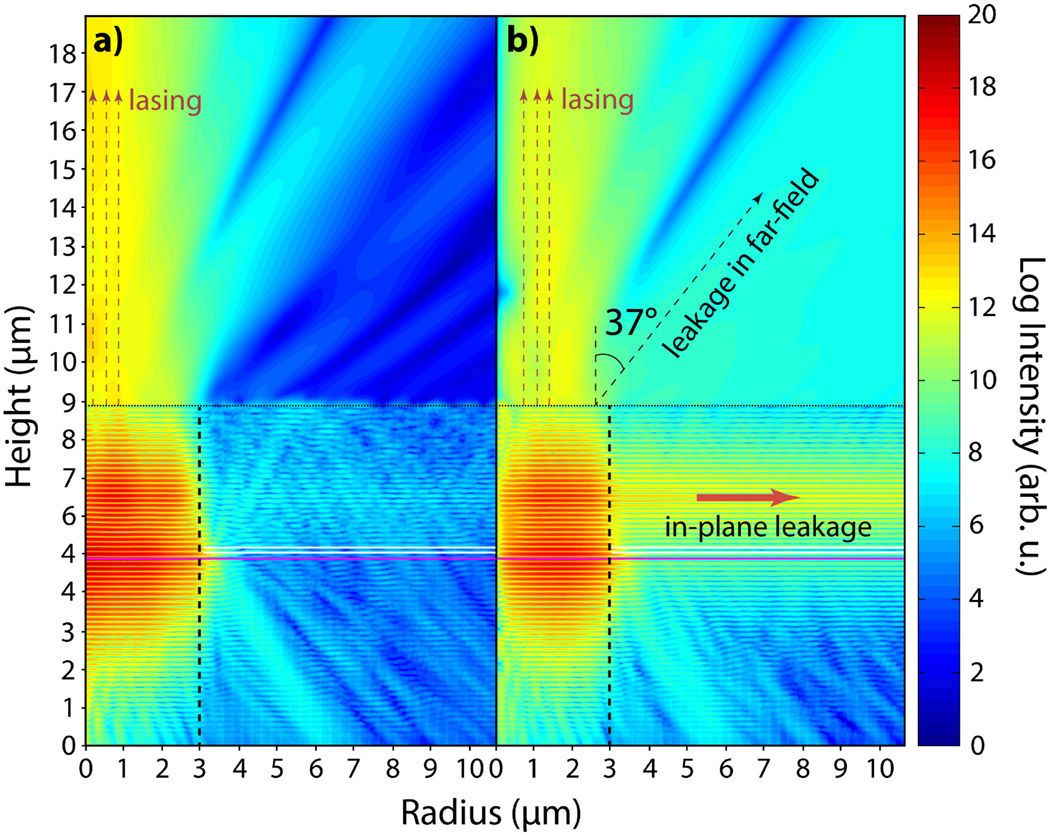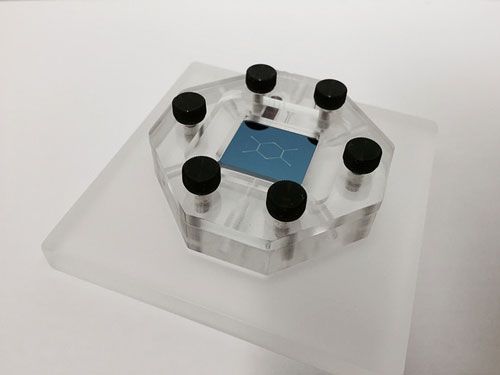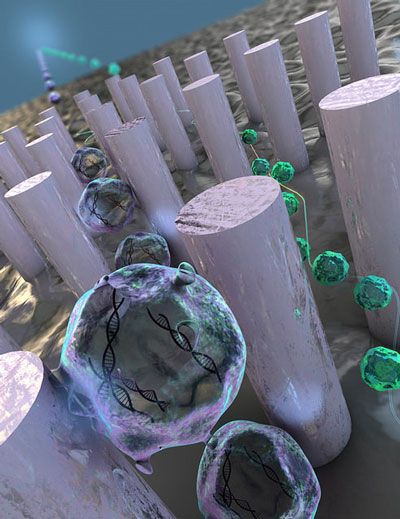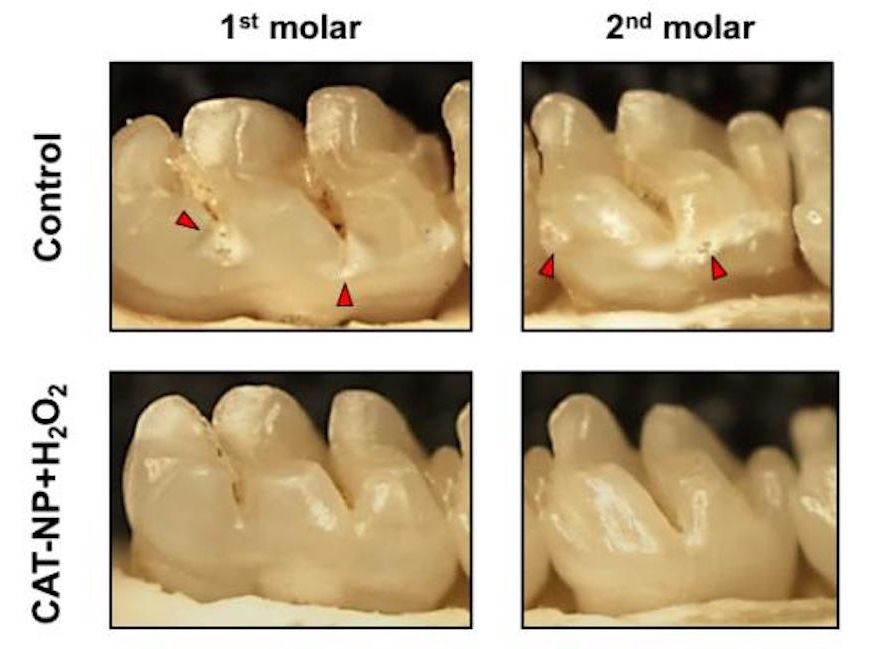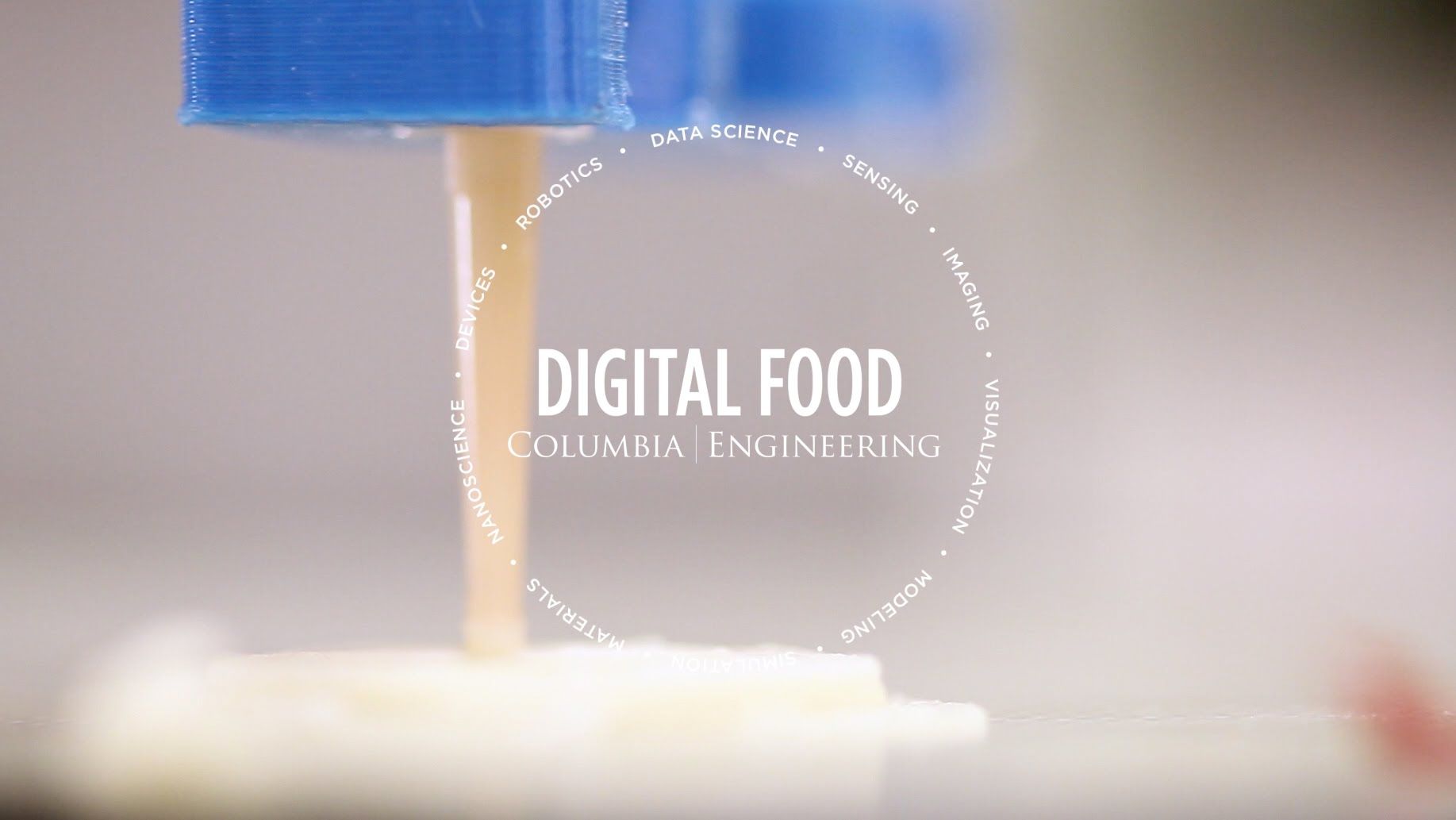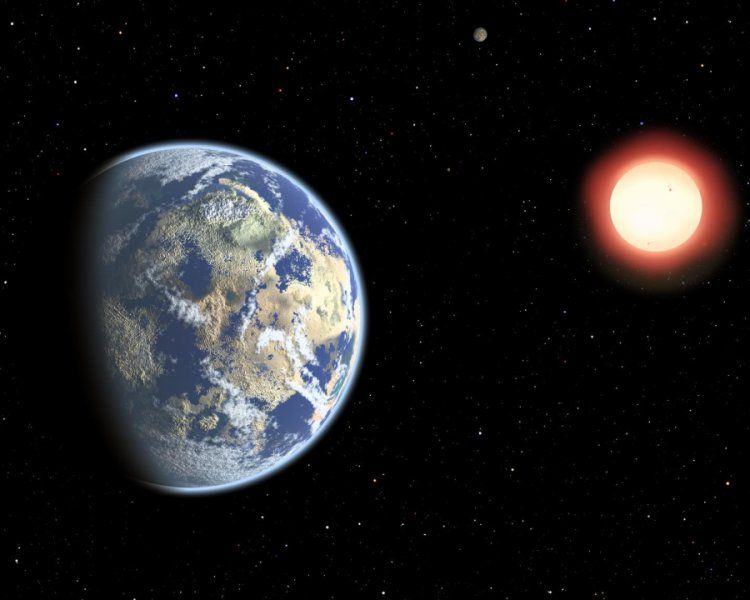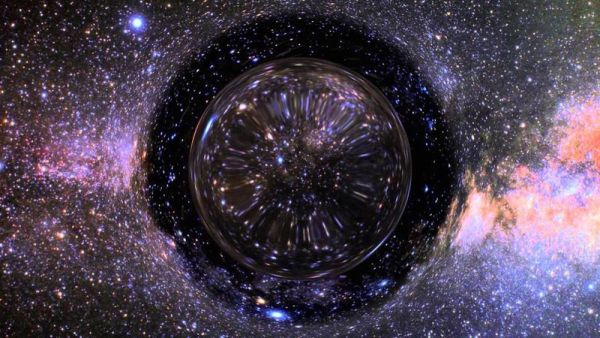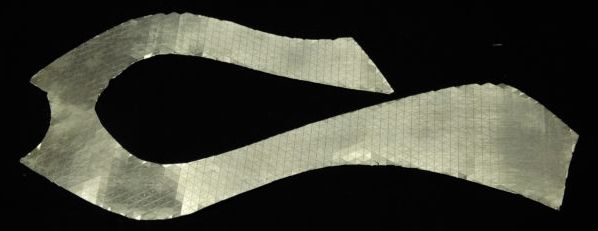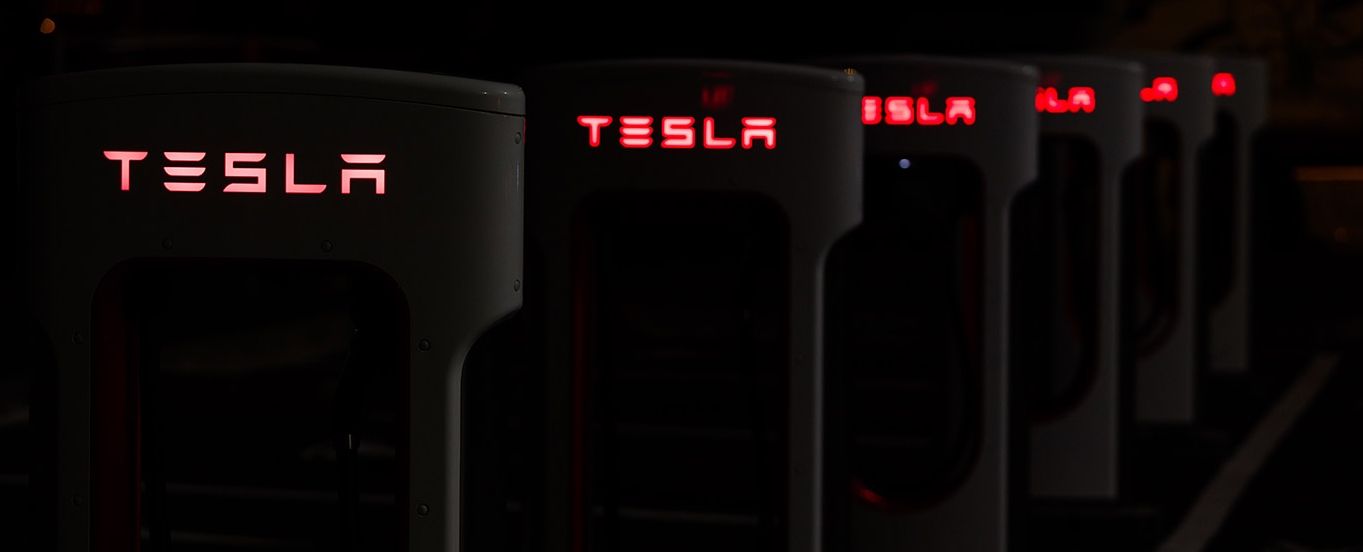Lateral photonic integration of oxide-confined leaky vertical-cavity surface-emitting lasers enables their application in data communications and sensing.
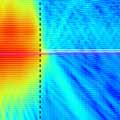
Vertical-cavity surface-emitting lasers (VCSELs) that operate at 850nm and are based on oxide-confined apertures are widely used in optical interconnects in data centers, supercomputers, wireless backbone networks, and consumer applications.1 As the processor productivity in these applications increases, it is necessary to continuously improve performance and scale transmission speeds accordingly. In recent years, developers have produced a generation of devices capable of transmitting 40Gb/s at moderate current densities,2, 3 and they have recently demonstrated 54Gb/s non-return-to-zero transmission through 2.2km of multimode fiber.4 Now, 108Gb/s per wavelength transmission can be realized over 100–300m of multimode fiber through the use of advanced modulation formats: discrete multi-tone,5 multiCAP,6 and PAM4.
